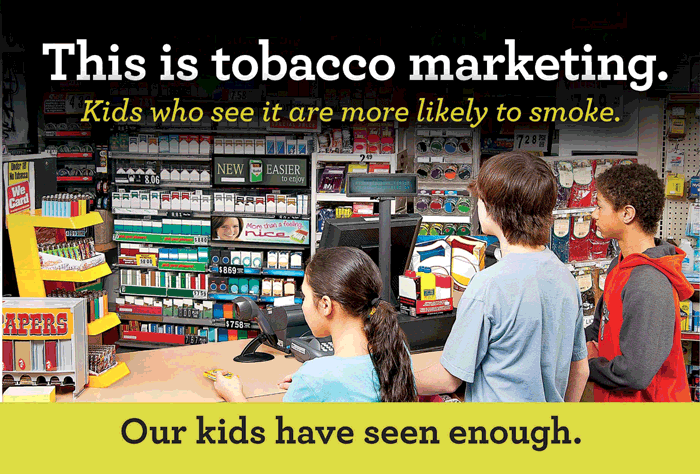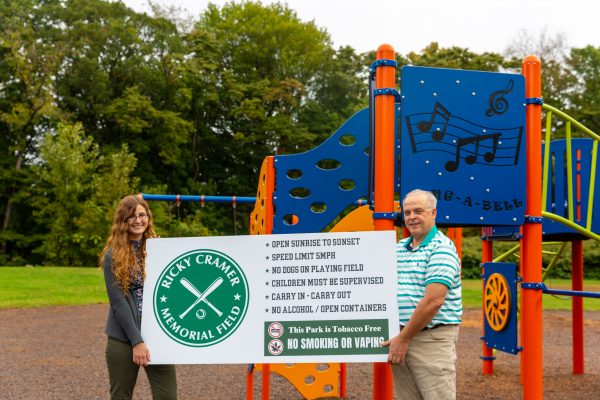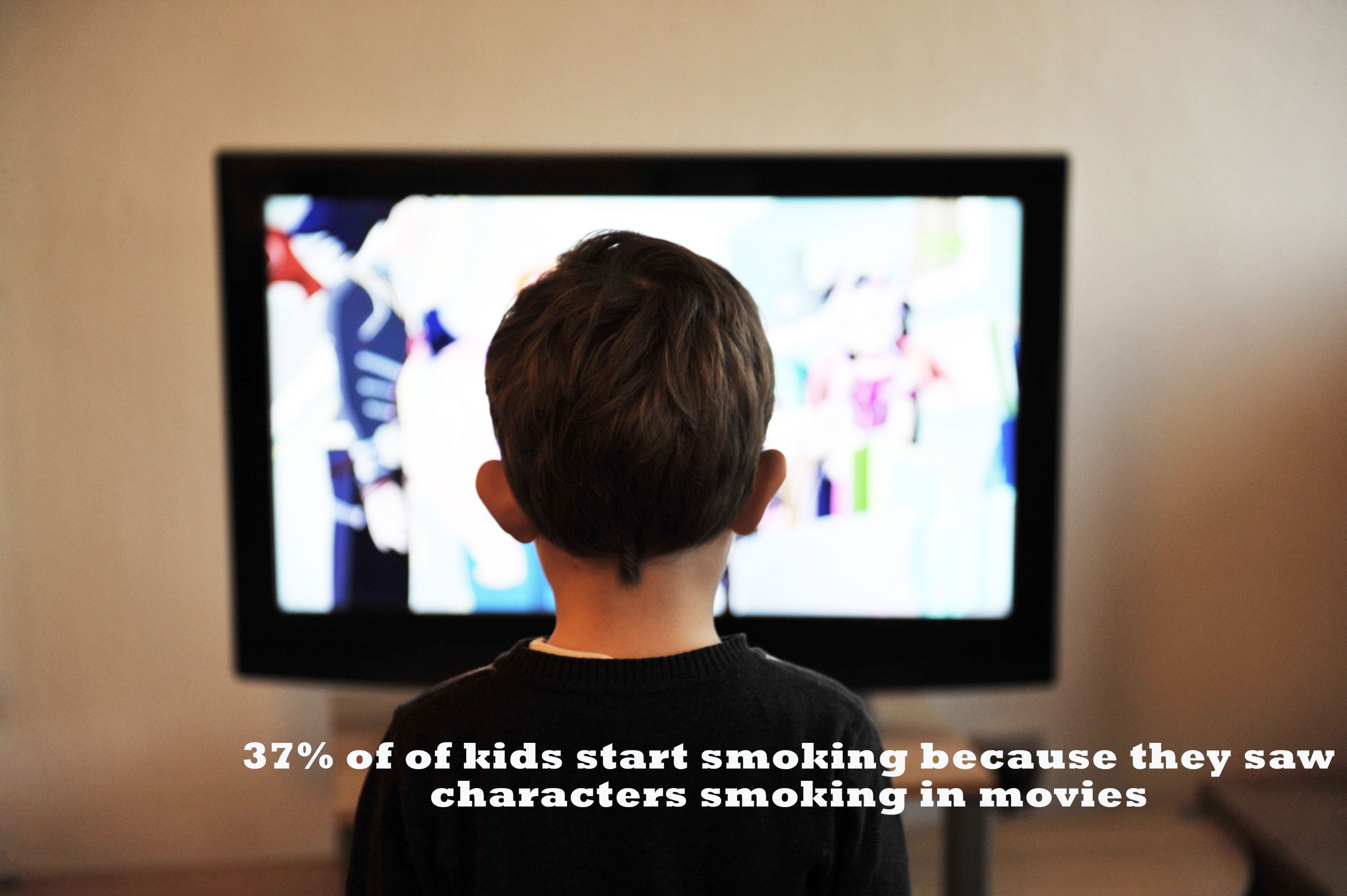Tobacco-Free Action advocates for policy change that reduces exposure to secondhand smoke, makes tobacco products less visible and accessible, and makes tobacco use more expensive, less convenient, and less socially acceptable.
Tobacco Marketing
90% of tobacco marketing takes place in stores in the form of advertising, product placement and display, and price discounts and promotion. The more kids see, the more likely they are to smoke.
States, cities, towns and counties can protect kids from tobacco marketing by restricting tobacco sales near schools, and limiting the number and/or density of tobacco retailers.
Smoke-Free Housing
is cleaner, safer, healthier and less costly to maintain, making it equally beneficial to residents and owners. Children, seniors and people with disabilities are particularly vulnerable to the health risks of secondhand smoke.
Non-smokers who live in multi-unit buildings can be exposed to secondhand smoke through walls, floors, vents and airducts from other apartments.
Tobacco-Free Outdoors
Secondhand smoke and cigarette litter are not part of a healthy environment. Tobacco-free is good for people and the planet.
Making parks, playgrounds, beaches and other recreation areas tobacco-free keeps fresh air fresh, protects children from the negative example of adult smoking, and reduces environmental pollution.
Smoke-Free Media
Smoking imagery in movies glamorizes and normalizes tobacco use. The Surgeon General identifies smoking in movies as an influence on youth smoking.
Giving an R-rating to future movies with smoking would decrease the number of teen smokers by 18% and prevent one million smoking-related deaths, according to the Center for Disease Control and Prevention.




